Not only is brown sugar a baking essential, but it’s frequently used in savory recipes as well. From chocolate chip cookies and French toast to candied bacon and even roasted turkey breast, brown sugar is a multi-faceted kitchen staple. But what happens when you find you’re out of brown sugar and you’re in the middle of cooking?! This comprehensive guide to brown sugar, including brown sugar substitutes, will help you keep cooking!
The Basics
Brown sugar is simply a mixture of table sugar and molasses. Molasses is a by-product of the sugar-refining process and it gets added back in after refining to create brown sugar. Brown sugar adds depth of flavor to recipes and provides a soft, chewy texture for baked goods. It’s key to making chewy cookies!
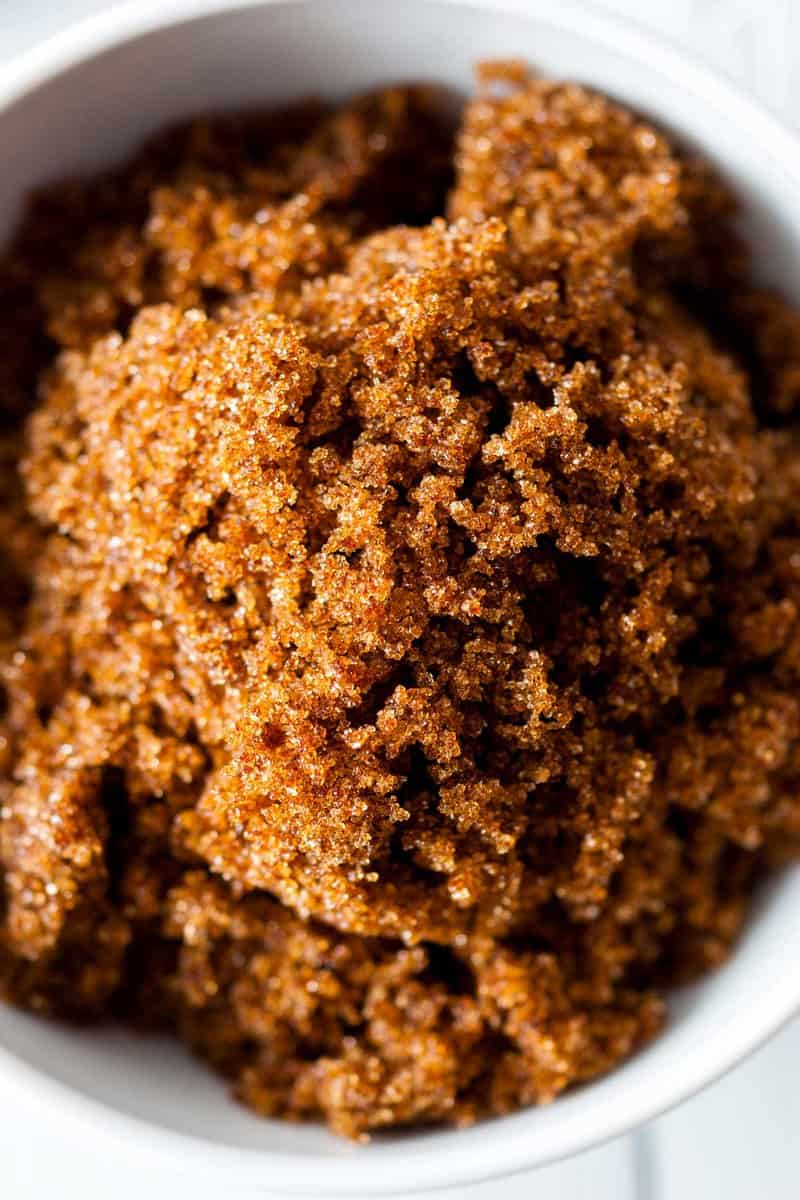
Light vs Dark Brown Sugar
The primary difference between light and dark brown sugar is the amount of molasses they each contain. The amount of added molasses directly impacts the shade of the sugar as well as the intensity of its flavor.
Light brown sugar, also referred to as golden brown sugar, is more mild in flavor and golden in color.
Dark brown sugar has a more robust, caramel-like flavor thanks to the additional molasses and creates an even deeper brown hue in baked goods.
In spite of these minor differences, light and dark brown sugar are typically interchangeable in most recipes. You might notice the slightest difference in taste or texture, due to the amount of molasses, but your recipe will typically still come together as intended.
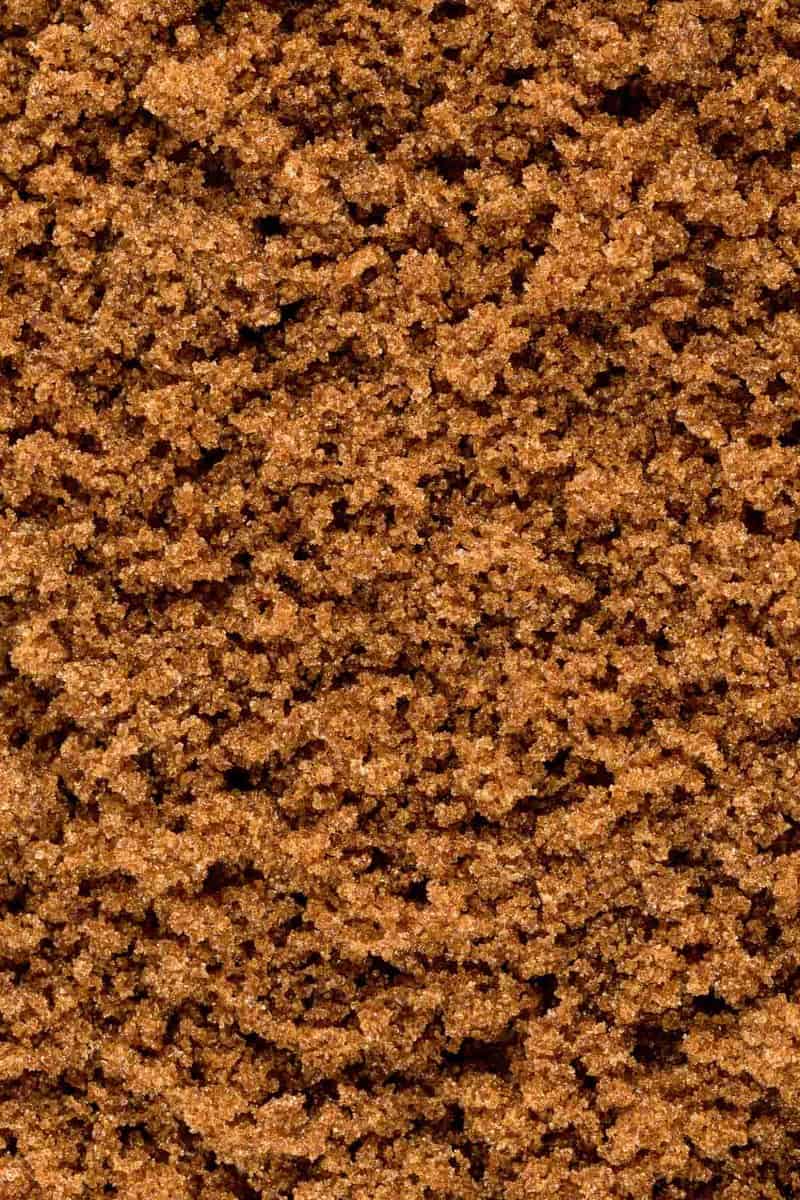
Brown Sugar Substitutes
But what can you do when a recipe calls for brown sugar and you don’t have either variety on hand? One of these simple alternatives will likely do the trick!
White Sugar
Perhaps the most simple solution, you can use white sugar. Brown sugar and white sugar can be swapped in an even 1:1 ratio, but you will notice a significant difference in texture, especially in baked goods, since white sugar doesn’t add moisture to recipes like brown sugar does. Unless you account for that moisture in another way, you’ll end up with crispier results.
White Sugar and Molasses
If you have white sugar and molasses in your pantry, you’re in luck! You can easily make your own brown sugar in just minutes using these two simple ingredients.
- For light brown sugar: combine one cup of granulated white sugar with a tablespoon of molasses.
- For dark brown sugar: combine one cup granulated white sugar with two tablespoons of molasses.
This ratio can be used as a 1:1 substitute for store-bought brown sugar. Store any leftovers in an airtight container to prevent clumping.
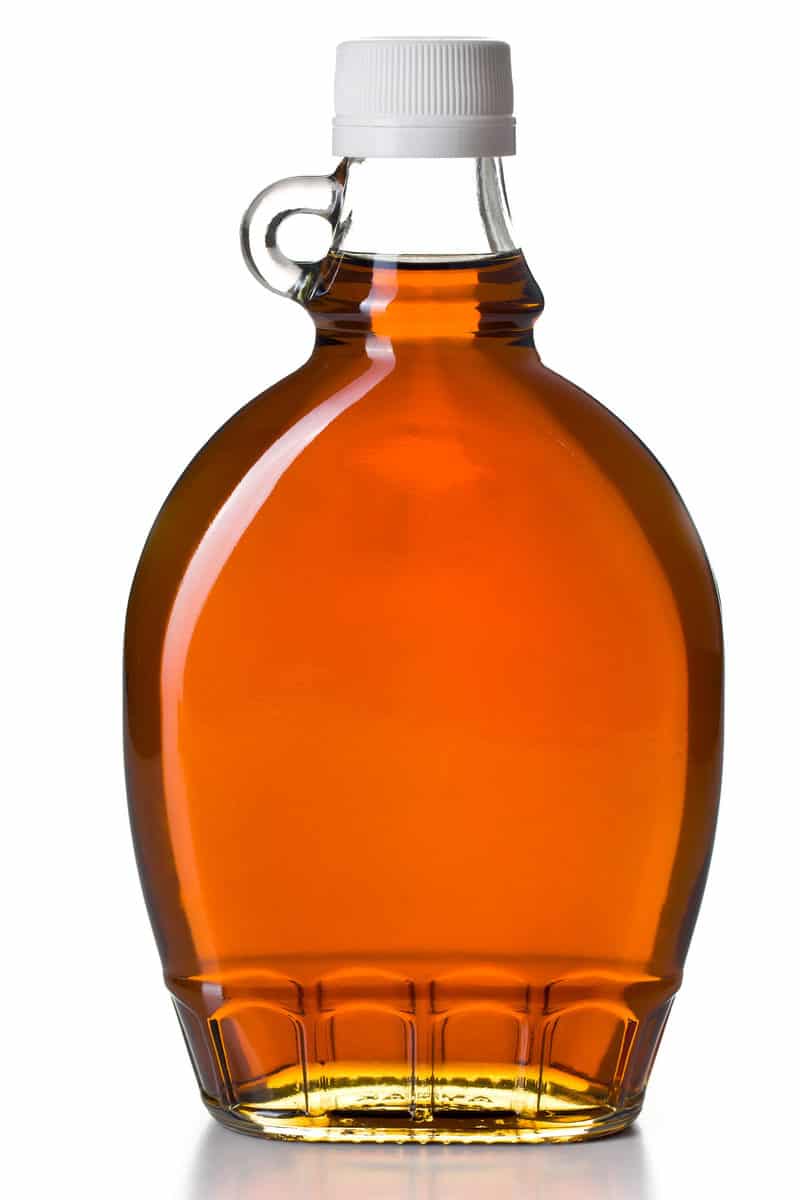
Liquid Sweeteners
If you don’t have molasses in your pantry, you can still create a brown sugar substitute using another liquid sweetener such as agave, honey, maple syrup, brown rice syrup, or even date syrup.
Combine your sweetener of choice using the same ratio as you would molasses (see above). Keep in mind, the flavor will vary depending on which you use, but the results will be similar.
In certain situations, like making glazes, sauces, or beverages, you can use liquid sweeteners on their own as an adequate replacement. Start by using less sweetener than your recipe calls for and adjust as necessary, to help balance the heightened sweetness and additional moisture.
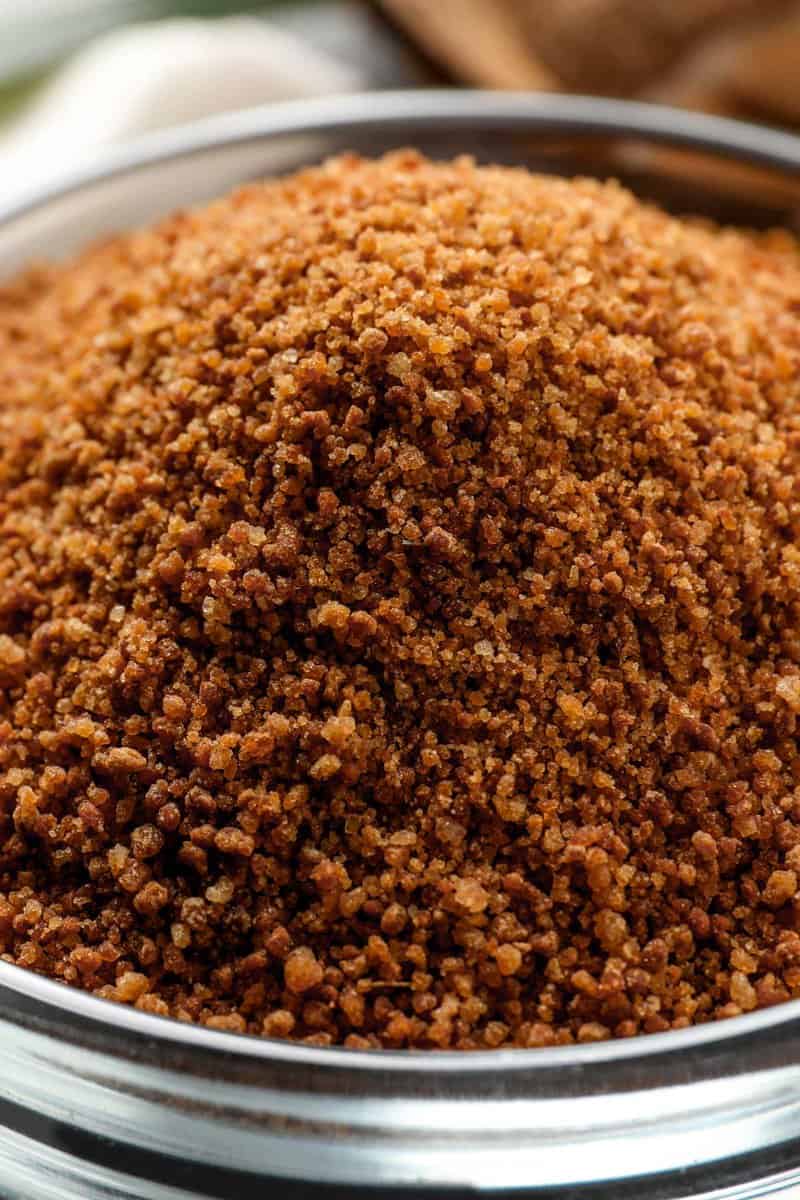
Coconut Sugar
Another good alternative to brown sugar is coconut sugar. Coconut sugar comes from the sap of the coconut palm tree, but unlike the name might suggest, it doesn’t taste like coconut (it’s delicious in our Monster Cookie Bars).
The flavor is actually quite similar to brown sugar, though coconut sugar doesn’t contain as much moisture as brown sugar. Coconut sugar is also higher in fiber than brown sugar and has a lower glycemic index than table sugar.
You can use coconut sugar as a 1:1 substitute for brown sugar, but your results may vary slightly. If you feel you’re lacking a bit of moisture, you can slightly increase the amount of butter or oil called for in your recipe.
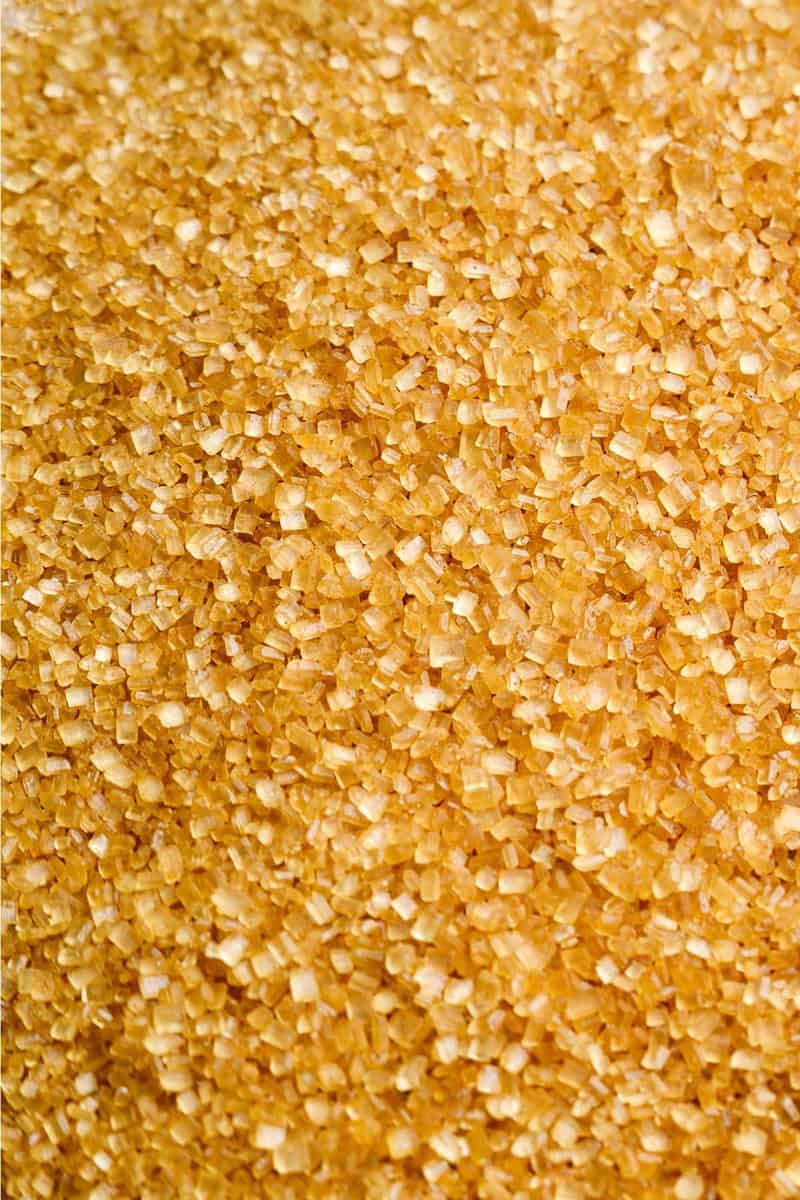
Raw Sugar
Raw sugar, also known as turbinado sugar, is golden-brown and less processed than granulated white sugar, so it still naturally contains some molasses.
The granules are larger than table sugar and don’t always mix into doughs and batters as well as brown sugar, but you can try grinding it in a spice grinder or pulsing it through a food processor to minimize the granules.
If your recipe calls for a warm liquid like melted butter, oil, or water, you can dissolve the sugar into the liquid before proceeding with the recipe.
Raw sugar can be substituted in equal amounts to brown sugar, though it is a bit drier so you may need to make adjustments for the difference in texture.
We use turbinado in all kinds of recipes—it’s especially great for adding a little sweet crunch to cookies and muffin tops. Use turbinado sugar to make our chewy Cardamom Cookies and to top off our Lemon Blueberry Muffins.
Date Sugar
Date sugar isn’t really sugar, but it’s made from dehydrated dates that are ground up to resemble sugar. It has a rich caramel-like flavor and can also be used as a 1:1 replacement for brown sugar in any recipe. Since whole, pitted dates are used, date sugar is a bit more fibrous and slightly gritty than brown sugar.
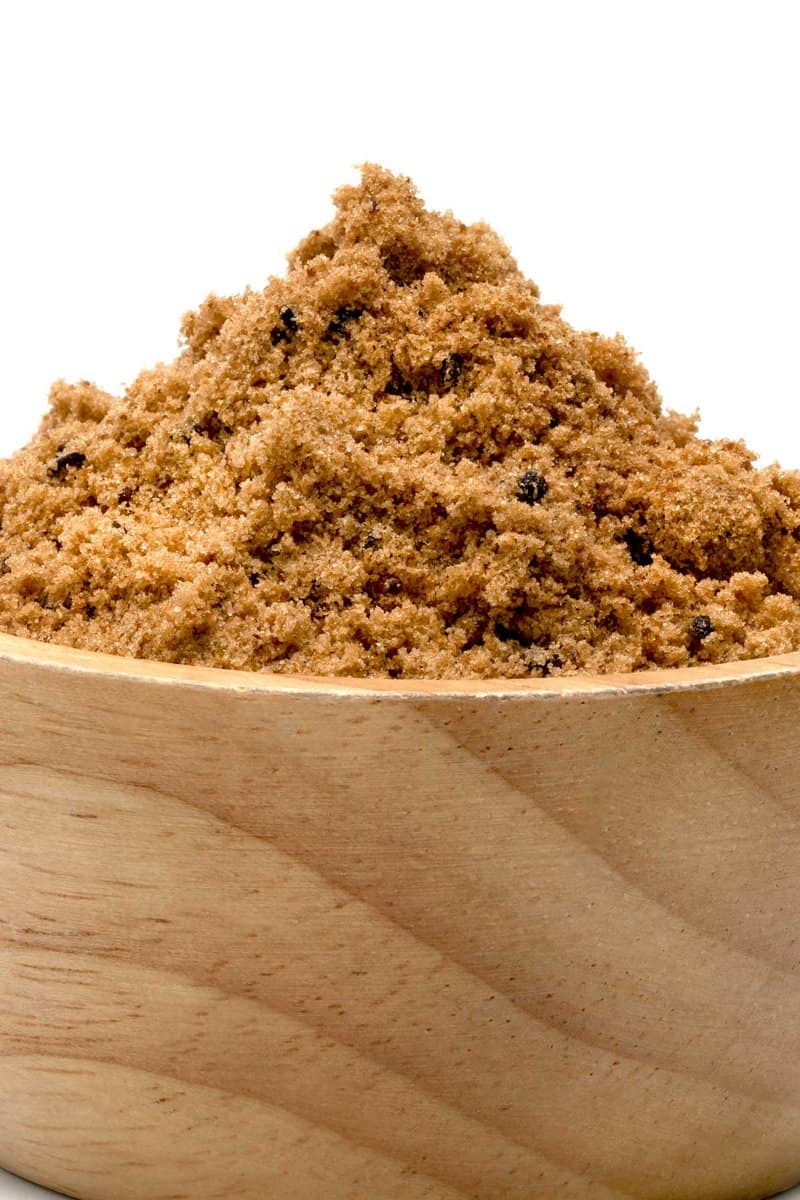
How to Store Brown Sugar
Because it contains molasses, brown sugar is more moist than white sugar, and it will harden over time as it’s exposed to air. Keep your brown sugar in a cool, dry place to minimize the chance of clumping.
To prolong the life of your brown sugar even longer, you can place a marshmallow, piece of bread, or a terracotta brown sugar saver (our favorite method) in your sealed container.
Tools for Storing Brown Sugar
FAQ
Yes! The only difference between the two is the amount of molasses. Both varieties will produce very similar results in most cases.
No. Though they both contain molasses, brown sugar has been refined and then molasses is reintroduced afterwards. Raw sugar does not go through the same level of refining and the molasses remains intact.
Brown sugar is best stored in an airtight container and in a cool, dark place.
Use Brown Sugar in These Recipes
Desserts
Apricot Cake
Cookies
Old Fashioned Hermit Cookies
Tarts and Pies
Best Homemade Pumpkin Pie Recipe
Brown sugar adds sweetness and moistness to this Cottage Cheese Cake.
We use dark brown sugar in our Homemade Pumpkin Pie Recipe!
If you’re baking for the holidays, make a point to add our Hermit Cookies to the baking list. Made with brown sugar (ding, ding, ding!) and dried fruit, they’ve got loads of flavor and are ultra-chewy.
Brown sugar is a must in our Chocolate Chip Pecan Cookies, Chocolate Chip Walnut Cookies and Chocolate Chip Tahini Cookies.
How to Make Brown Sugar
Description
Ingredients
- 1 cup granulated sugar
- 1–2 tablespoons molasses
Instructions
- For light brown sugar: combine 1 cup granulated sugar with 1 tablespoon molasses.
- For dark brown sugar: combine 1 cup granulated sugar with 2 tablespoons of molasses.
- Pulse in a food processor until fully combined.
- This ratio can be used as a 1:1 substitute for store-bought brown sugar. Store any leftovers in an airtight container to prevent clumping.
Save This Recipe!
Notes
Nutrition
Other Helpful Ingredient Substitutions
Understanding how to substitute ingredients is an important part of cooking. It’s especially important when you’re in the middle of baking! Here are a few articles that will help you make ingredient substitutions.
Out of baking powder? Our baking powder substitutes will come in handy.
Cornstarch is another common ingredient in baking (we use it in our Whole Wheat Muffins). Here are some great substitutions for cornstarch.
If a recipe calls for sour cream and you don’t want to run to the store, turn to these Sour Cream Substitutes.
When a recipe calls for ricotta cheese and you don’t have it (maybe you’re making our Cottage Cheese Lasagna!) turn to these substitutions for ricotta.

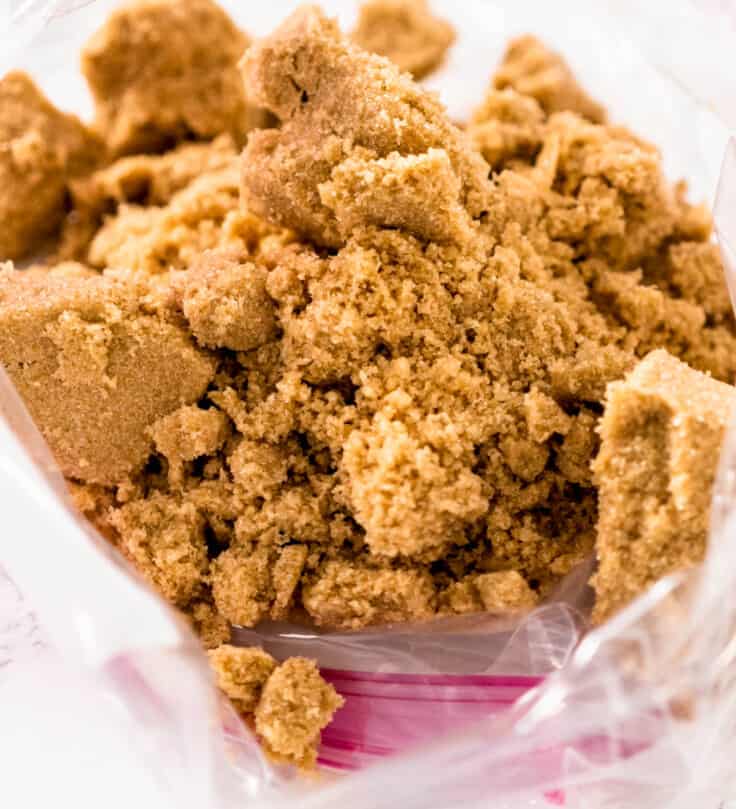
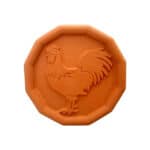
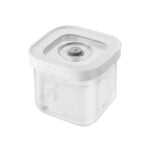
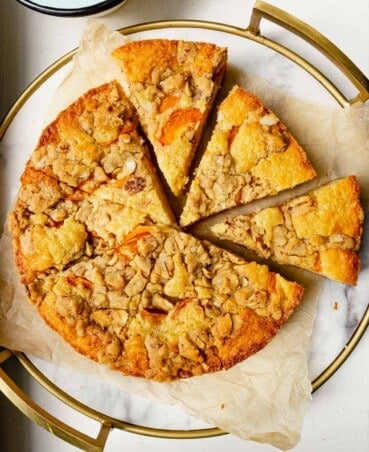
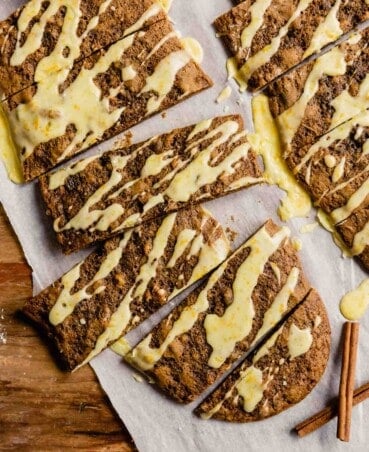
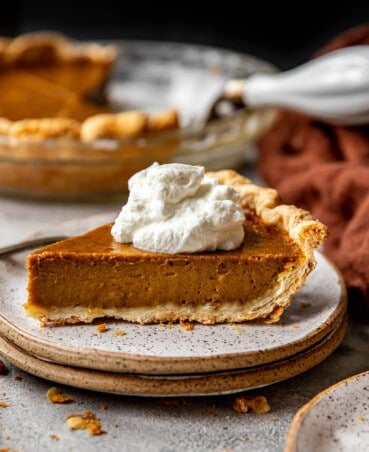
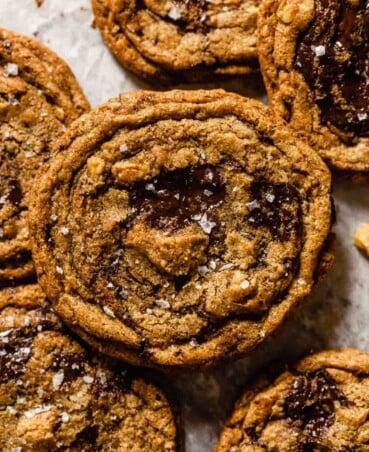
This is such a good read!